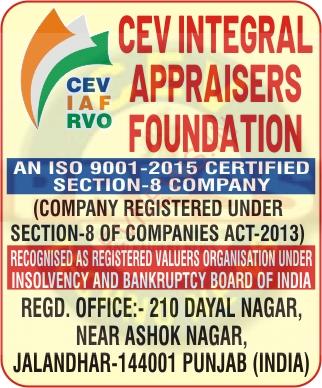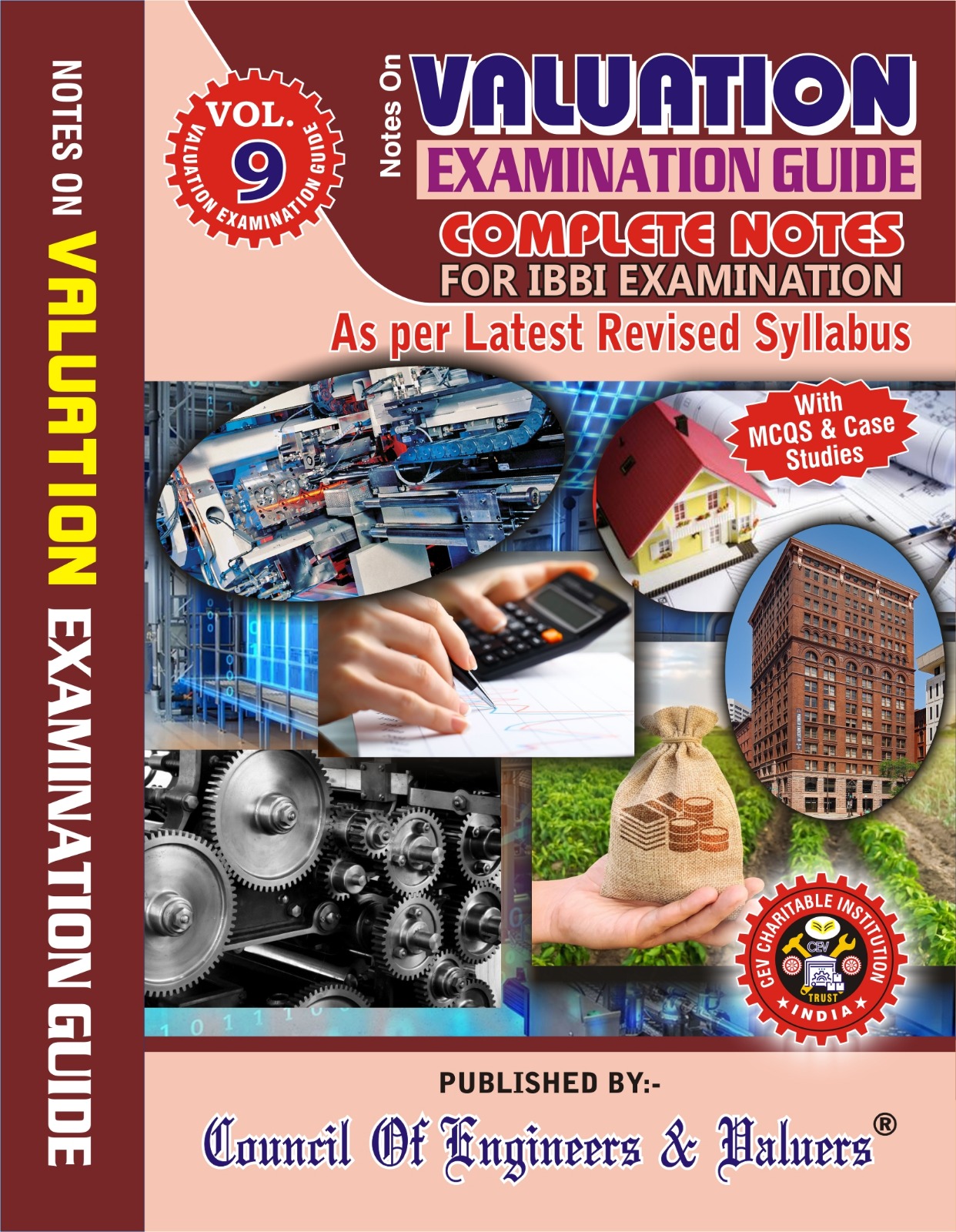Understanding Perpetual Leases in India: Key Insights for Valuation Professionals
A Perpetual Lease is a long-term lease agreement that grants a tenant (lessee) the right to occupy and use a property indefinitely, in exchange for regular rent payments. Unlike traditional leases, which have a set duration, a perpetual lease continues until either party—the lessor (property owner) or the lessee—decides to terminate it under agreed-upon conditions. This arrangement is especially common for land and buildings that are expected to appreciate in value over time. This article explores the nuances of perpetual leases, providing valuation professionals with a comprehensive framework to assess such agreements effectively.
What is a Perpetual Lease?
A Perpetual Lease is an agreement that allows a lessee to use a property indefinitely, with no defined expiration date. The lessee pays rent on an ongoing basis, and the agreement remains active until either the lessor or lessee decides to end it. While the lessee holds the right to use the property, ownership remains with the lessor.
Key Characteristics of Perpetual Leases:
-
Indefinite Duration: Perpetual leases do not have a fixed term and continue indefinitely until terminated by either party.
-
Automatic Renewal Clauses: Often include provisions for automatic renewal, eliminating the need for periodic renegotiation.
-
Specific Termination Conditions: The lease agreement must clearly outline conditions under which either party can terminate the lease.
-
Rent Adjustment Mechanics: Leases often include clauses for adjusting rent based on inflation, market conditions, or a pre-determined schedule.
-
Maintenance and Repair Responsibilities: The lease defines who is responsible for maintaining the property, ensuring its upkeep over time.
-
Subleasing and Assignment: Conditions for subleasing or transferring the lease to another party are typically included.
-
Dispute Resolution Clauses: Mechanisms for resolving conflicts, such as arbitration or mediation, are often embedded in the agreement.
Key Elements of a Perpetual Lease Agreement
-
Parties Involved
-
Lessor: The individual or entity granting the lease.
-
Lessee: The individual or entity receiving the lease.
-
-
Property Description
-
Location: Precise address and boundaries of the property.
-
Schedule: A detailed map or schedule outlining the property’s boundaries.
-
-
Perpetual Nature of the Lease
-
Clearly state that the lease is “perpetual” or “in perpetuity,” with no set end date.
-
-
Rent and Payment
-
Annual Rent: Specify the yearly rent amount and the payment schedule (monthly, quarterly, or annually).
-
Currency: Clearly state the currency in which the rent is to be paid.
-
-
Lessee Obligations
-
Rent Payment: The lessee’s obligation to pay rent.
-
Taxes and Charges: The lessee’s responsibility for property taxes, rates, and other charges.
-
Maintenance: Specifies who is responsible for maintaining the property.
-
Compliance with Laws: The lessee’s obligation to comply with relevant laws and regulations.
-
-
Lessor’s Rights
-
Right to Re-enter: Circumstances under which the lessor may re-enter the property, such as non-payment of rent.
-
Right to Terminate: Conditions under which the lessor can terminate the lease.
-
-
Termination Clause
-
Conditions of Termination: Clearly outline the conditions under which the lease can be terminated.
-
Notice Period: Specify any required notice period for termination.
-
-
Dispute Resolution
-
Mechanisms such as arbitration or mediation to resolve any conflicts.
-
-
Governing Laws
-
Jurisdiction: Specify the jurisdiction whose laws will govern the lease agreement.
-
Perpetual Lease vs Freehold Ownership
While both perpetual leases and freehold ownership grant property rights, they differ significantly in terms of control and long-term financial implications:
-
Rights of Ownership: In a perpetual lease, the lessor retains ownership, while the lessee only has the right to use the property. Freehold ownership provides full and permanent ownership.
-
Term: Perpetual leases have no end date and are subject to the terms of the lease agreement. Freehold ownership is unrestricted, providing lifetime ownership.
-
Upfront Price: Perpetual leases typically have lower initial costs than freehold ownership, making them more accessible for businesses or individuals on a tight budget. However, freehold ownership, despite its higher initial cost, eliminates recurring lease payments and offers long-term financial advantages.
Advantages and Disadvantages of Perpetual Leases
Advantages:
-
Cost Efficiency:
-
Perpetual leases generally have lower upfront costs compared to freehold ownership, making them an attractive option for those looking to secure long-term land use without significant capital investment.
-
-
Long-Term Security:
-
Tenants benefit from long-term stability and security, knowing they have indefinite access to the property, which is especially valuable for businesses seeking a stable operational base.
-
-
Flexibility in Transfer:
-
Perpetual leases often provide flexibility in transferring the lease to another party, making them adaptable for changing business needs or personal circumstances.
-
-
Financial Benefits:
-
No ongoing ground rent or land fees; perpetual leases are often easier to sell or rent, and the leasehold interest is transferable.
-
Disadvantages:
-
Limited Control:
-
Leaseholders have limited control over the property as they do not own it outright. Redevelopment or major alterations often require the lessor’s approval.
-
-
Recurring Obligations:
-
While perpetual leases eliminate the need for periodic renegotiations, they may still involve regular ground rent payments, which can increase over time due to inflation or market conditions.
-
-
Conditional Usage:
-
Lease agreements often impose zoning restrictions that limit how the property can be used, whether for residential, commercial, or industrial purposes.
-
Perpetual Lease Registration in Maharashtra
For those entering into a Perpetual Lease in Maharashtra, the following registration charges apply:
-
Stamp Duty:
-
7% on the total amount of rent, fine, premium, or advance, payable. The maximum stamp duty payable is ₹20,000.
-
-
Registration Fee:
-
1% on the total amount of rent, fine, premium, or advance, payable, with a maximum of ₹20,000.
-
-
Other Considerations:
-
Fine or Premium: If the lease is granted for a fine or premium, stamp duty is levied at 5% of the market value of the property or the amount of the fine or premium.
-
Online Registration: You can pay document handling charges for lease-related registrations through the IGR portal.
-
Document Preparation Costs: The cost of preparing the lease documents is typically borne by the lessee or licensee.
-
The Perpetual Lease offers a unique alternative to traditional freehold ownership, providing tenants with long-term security and flexibility without the high upfront costs. However, it also carries certain limitations, including recurring obligations and a lack of full control over the property. For valuation professionals, understanding the intricacies of perpetual leases is essential for providing accurate property valuations and helping clients navigate the complexities of such long-term agreements. By carefully considering the legal framework, financial implications, and market conditions, valuers can ensure that they offer well-informed advice to both lessors and lessees involved in perpetual lease agreements.




